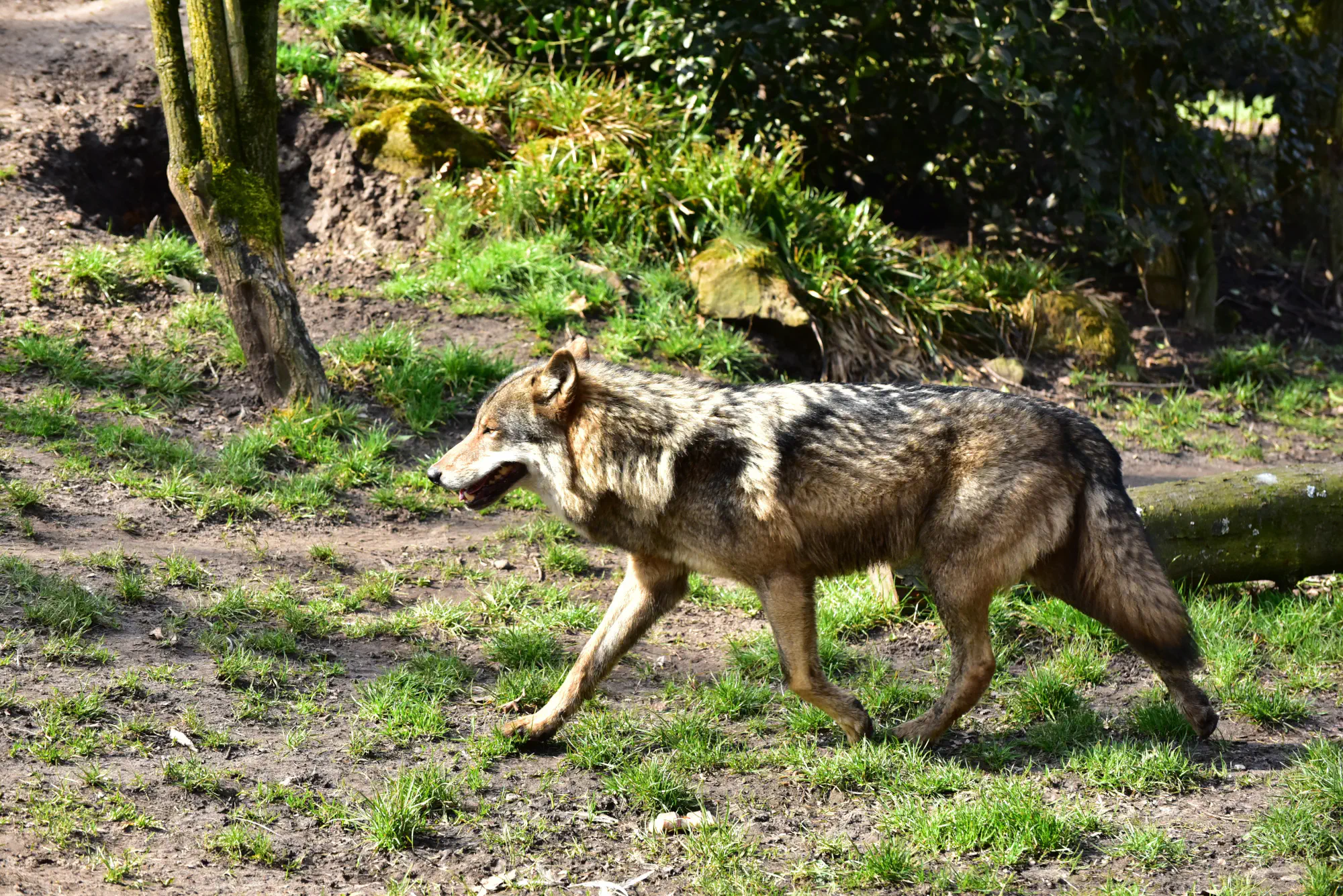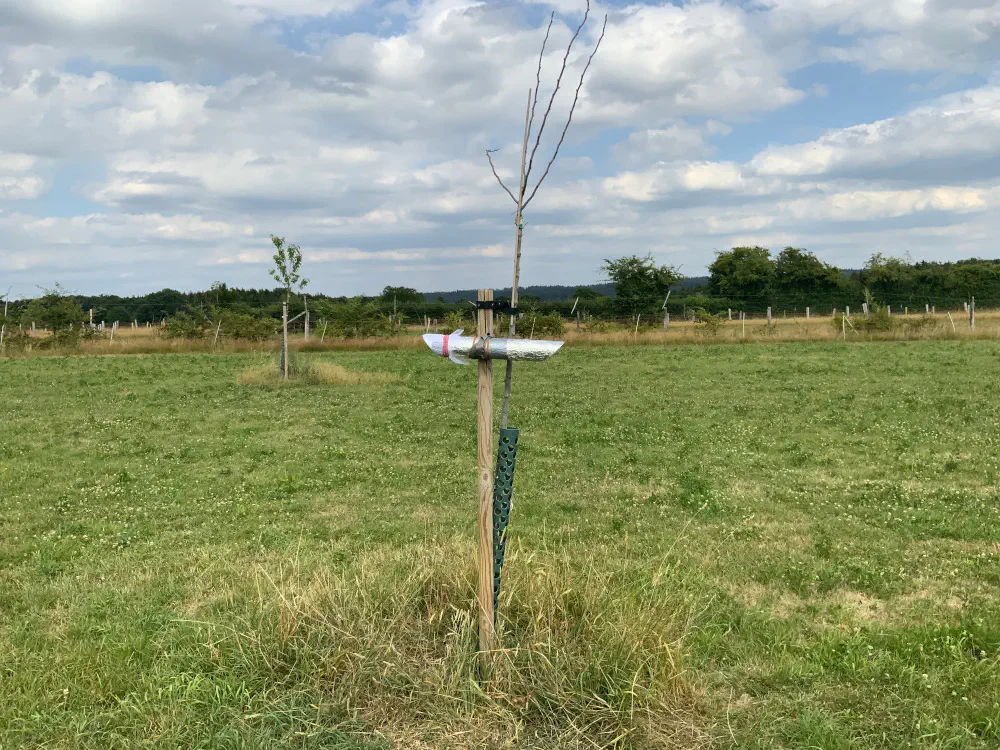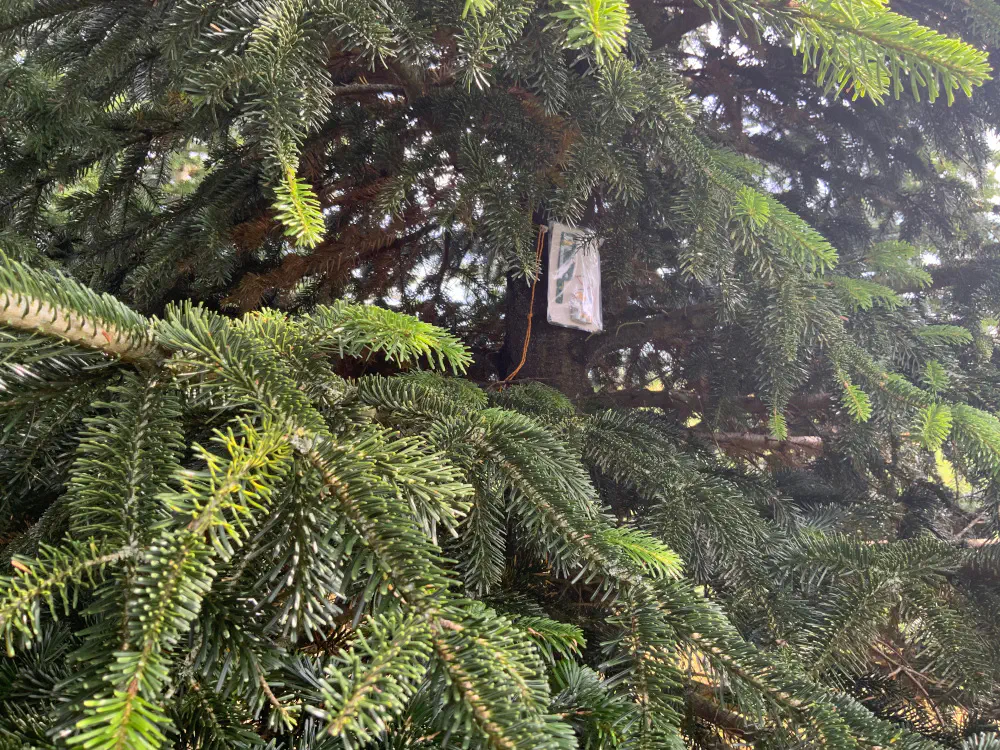Case Study: Wolf detection - Encore Eleveurs Demain
Year
2022 - ongoing
Location
Lorraine, France
Deployment Size
10+ devices (microphones, thermal cameras, herd IoT tracker)


In the last two centuries, the wolf was nearly extinct in Europe, but recent migrations from the east and conservation efforts have help stabilize and increase its population to an estimated 13.000 individuals as of 2022, scattered across the continent. However, the wolf’s return has reignited age-old conflicts between farmers, sheep herders, natural conservationists, hunters, and the general public. These conflicts emerge against the backdrop of industrialized agriculture systems facing challenges and a society grappling with the consequences of an anthropocentric worldview.
Problem statement
While the wolf plays a vital role in maintaining healthy ecosystems by e.g. controlling destructive game populations, its presence also raises concerns about economic losses and emotional distress for farmers whose livestock may fall prey to attacks. Furthermore, the reintroduction of a wild predator like the wolf introduces unpredictability and tension into what was previously a managed and dominantly human landscape.
Together with the association Encore Eleveurs Demain and a group of sheep and goat farmers we are investigating and prototyping monitoring techniques for the early detection of wolf attacks.
Approach
The aim of the pilot project is to explore the feasibility of early wolf attack detection. To do so, we are assessing various technologies, including thermal imaging cameras for monitoring open areas, sensor-equipped farm animals, and acoustic sensors, all used to capture signals indicative of wolf presence or unusual herd behavior.
Solution


In order to explore the feasibility of early wolf attack detection, we captured thousands of thermal images of the grazing area using thermal cameras, allowing us to monitor temperature changes and detect potential wolf activity. We also deployed sensors on the farm animals to track their movement patterns and identify any unusual behavior that could indicate a wolf encounter. Additionally, we set up acoustic sensors to capture audio signals that might signal a wolf attack, such as howling or distress calls from the animals.
The project finally sees the application of a range of signal processing and machine learning techniques on the combined data, to detect anomalies pointing to the presence of wolf attack events.